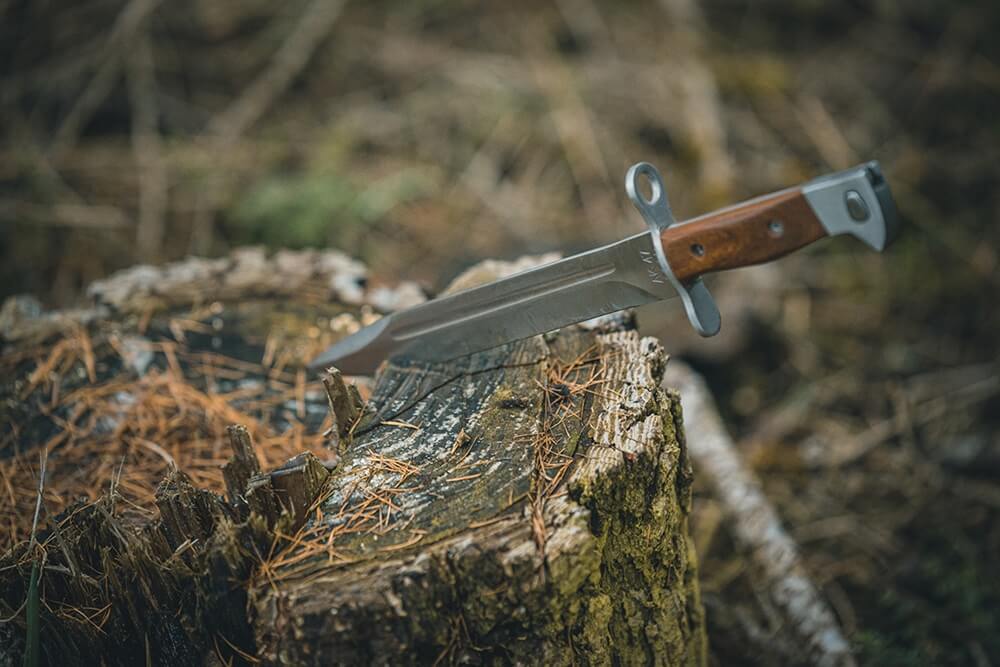In the culinary world, understanding the nuances of blade geometry is not merely a luxury but a necessity. For kitchen professionals, the design of a blade can significantly impact the efficiency, precision, and ease of food preparation. The term 'blade geometry' encompasses various aspects of a knife's construction, including the shape, thickness, and angle of the blade. This article will delve into these elements, providing a comprehensive understanding for those who wield knives as their primary tools.

Understanding Blade Geometry
At its core, blade geometry involves the cross-sectional shape of the knife. This can influence how a knife slices through food, from delicate herbs to robust meats. The different types of blade geometries include flat grind, hollow grind, and convex grind, each offering distinct advantages and applications.
For example, a hollow grind is ideal for chefs who require precision in cutting, as it allows for incredibly thin slices. On the other hand, a convex grind offers strength and durability, making it suitable for tougher cutting tasks.
Types of Blade Grinds
1. Flat Grind
The flat grind is where the blade tapers directly from the spine to the edge. This design provides a good balance between cutting performance and durability. It is particularly popular in Western-style chef knives, which are known for their versatility in cutting a range of foods. Professional chefs value flat grind knives for their ability to maintain a sharp edge while being easy to sharpen.
2. Hollow Grind
A hollow grind features concave bevels that lead to a very thin edge. This design is perfect for precision tasks, such as filleting fish, where a delicate touch is required. However, these blades can be more fragile and require careful handling to prevent chipping.
3. Convex Grind
The convex grind, also known as an appleseed or axe grind, curves outward to form a robust edge. This geometry is prized for its strength and is often found in knives used for heavy-duty tasks. Chefs who work with hard vegetables or bone-in meats might prefer a convex grind for its resilience and cutting power.
Choosing the Right Blade Geometry
Choosing the right blade geometry depends on the specific tasks at hand. For chefs, understanding their cooking style and the foods they frequently prepare can guide them in selecting the most suitable blade. A chisel grind, for instance, might be ideal for sushi chefs who need precise, clean cuts.
Additionally, the type of cuisine can influence the choice of blade geometry. Japanese cuisine, which often emphasizes precision and presentation, might benefit from thinner blades like the hollow grind. In contrast, cuisines that involve robust chopping might benefit from the durability of a convex grind.
Sharpening and Maintenance
Regardless of the blade geometry, maintaining a sharp edge is crucial. Regular honing and proper sharpening techniques are essential to preserve the knife's performance and longevity. Professional chefs often invest in high-quality sharpening stones and tools to ensure their blades remain in optimal condition.
Understanding the specific needs of each blade type can also inform maintenance routines. For example, blade honing techniques for a hollow grind differ from those used for a flat grind, highlighting the importance of tailored care.
The Science Behind Blade Geometry
The science of blade geometry is rooted in physics and material science. The angle of the edge, known as the bevel angle, affects both the sharpness and durability of the knife. A smaller bevel angle results in a sharper but more delicate edge, while a larger angle offers more strength at the expense of sharpness.
Understanding these principles allows kitchen professionals to make informed choices about their tools, optimizing their culinary practice. The balance between sharpness and durability is a constant consideration, requiring chefs to evaluate their priorities in the kitchen.

FAQs
What is the best blade geometry for general cooking?
For general cooking, a flat grind is often recommended due to its versatility and balance between sharpness and durability.
How often should I sharpen my knife?
The frequency of sharpening depends on usage. Professional chefs may sharpen their knives weekly, while home cooks might do so monthly.
Can blade geometry affect knife safety?
Yes, understanding and using the correct blade geometry can enhance control and precision, reducing the risk of accidents.
For further information on knife types and their specific uses, visit Types of Knives.
This article contains affiliate links. We may earn a commission at no extra cost to you.


























